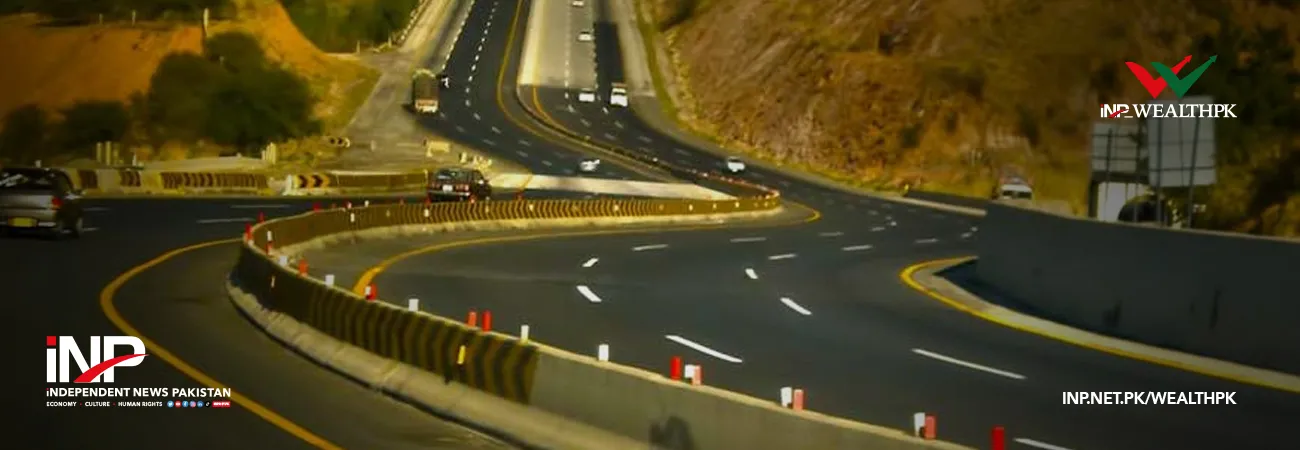INP-WealthPk
Moaaz Manzoor
Experts have warned that Pakistan’s long-term growth potential is at risk due to persistent productivity hurdles and fiscal constraints, underscoring the need for comprehensive policy reforms.

Talking to WealthPK, Ahmad Mobeen, Senior Economist for Asia-Pacific at S&P Global Market Intelligence, emphasised that structural weaknesses and fiscal constraints weighed heavily on Pakistan’s economy. “Over the long run, these issues will continue to impact productivity and growth potential,” he noted, explaining that sustained growth would require addressing these deep-rooted problems.” “Pakistan’s poverty rate, currently at 40.5%, is a strong indicator of the country’s economic challenges. Infrastructure gaps, inadequate investment in education, and a shortage of skilled labour compound these challenges, limiting opportunities for sustainable development,” he pointed out. Mobeen pointed to human development indicators, which remain below the average for lower-middle-income countries, as a significant barrier. “With literacy at 58%, Pakistan falls behind the 78% literacy average for comparable economies, revealing a critical skills gap that hinders workforce development and innovation.
These gaps make it difficult for Pakistan to compete globally and attract foreign investment in higher-value sectors.” He argued that Pakistan’s economic potential would remain constrained without substantial improvements in education and skills training. Syed Ali Ehsan, Deputy Executive Director at Policy Research Institute of Market Economy (PRIME), highlighted the broader policy issues affecting Pakistan’s current account balance. “There are no short-term fixes for the current account except for artificial devaluation, which carries its own risks,” he observed, while talking to WealthPK. He explained that the current account deficit was not merely a budgetary problem but stemmed from trade and tariff policy challenges. “In particular, the government’s tendency to ‘pick winners and losers’ distorts the economy by artificially promoting specific sectors, even when market signals suggest a different direction.” Ehsan cited the National Tariff Policy of 2019 as an attempt at a more balanced and non-discriminatory tariff approach.
“The policy aimed to remove tariff biases across sectors, allowing industries to compete on an equal footing. However, he noted that the government continued to use selective support measures, resulting in market distortions. “Incentivising industries can be beneficial, but when applied to large, established sectors, concessions can disrupt market dynamics.” Ehsan suggested that the government should instead support emerging industries, where targeted concessions could stimulate innovation and growth without creating market imbalances. He further noted that while recent policies, such as import and spending cuts, have provided short-term stability to the current account deficit, they come with significant trade-offs. “Reduced imports have helped balance the deficit for now, but they are also impacting exports,” he warned. “As import restrictions limit access to essential raw materials, industries that rely on imported inputs for production are facing setbacks. This, in turn, weakens Pakistan’s export growth, which is critical for long-term economic stability.”
Ehsan stressed that while these measures might provide temporary relief, relying on them on a long-term basis would harm the economy’s health. “Current policies are more focused on managing immediate financial pressures rather than fostering sustainable growth,” he noted. “The emphasis on spending and import cuts might stabilise the deficit in the short term, but Pakistan risks stifling its economic progress in the long term without encouraging domestic productivity and export competitiveness.” Experts agree that Pakistan’s fiscal and productivity challenges require a comprehensive and strategic approach. While short-term measures may ease immediate pressures, long-term sustainability depends on policy reforms to reduce market distortions, enhance infrastructure and invest in human capital. By fostering a skilled workforce and addressing underlying structural issues, Pakistan can unlock its economic potential and achieve sustainable growth, ensuring a more resilient economy.
Credit: INP-WealthPk













